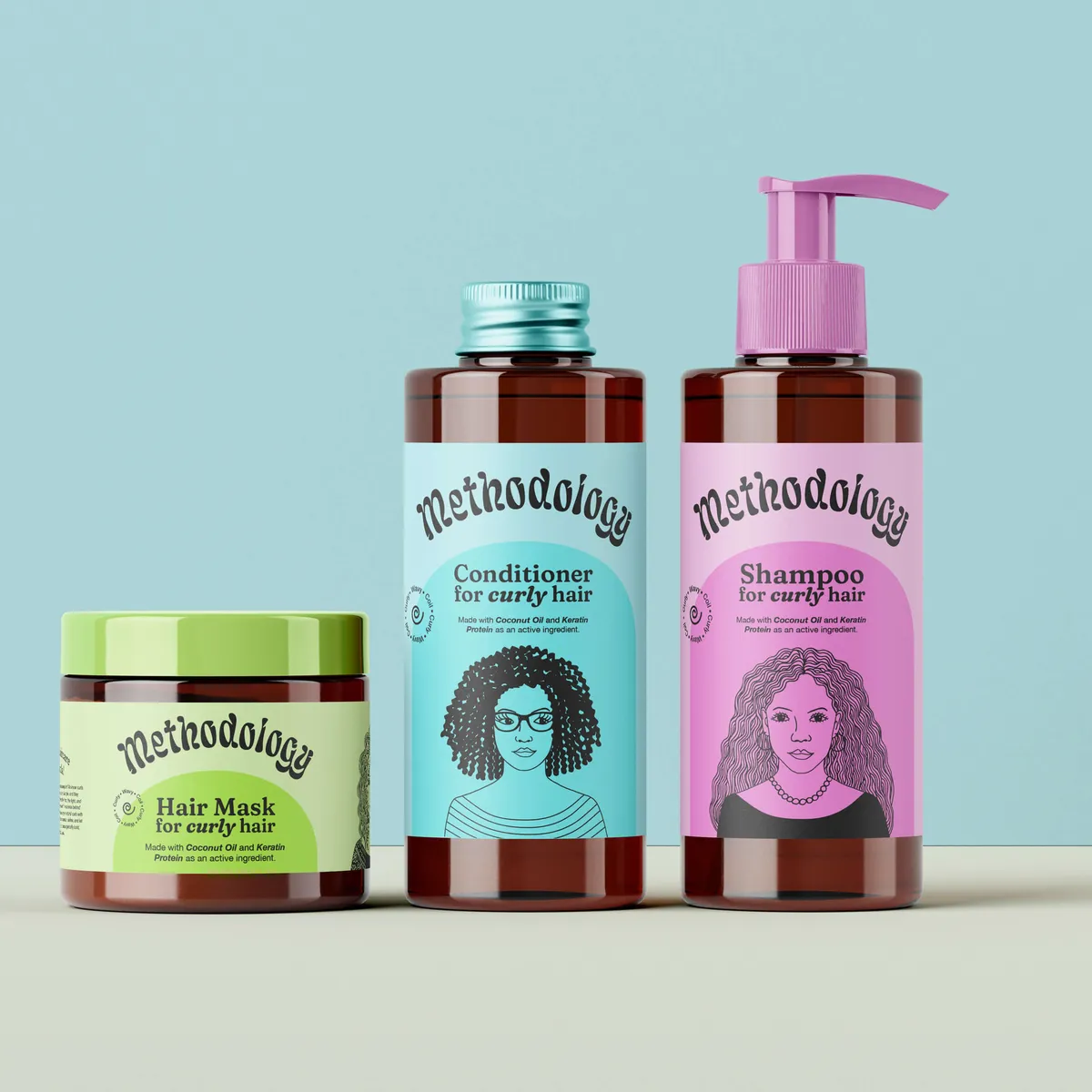
In a global market flooded with lookalikes and knock-offs, counterfeit products are no longer just a nuisance – they’re a full-blown threat. From luxury packaging design for handbags to life-saving medicines, fake goods cost brands billions every year and put consumer trust at serious risk.
One of the most effective weapons in this fight? Packaging design. Beyond aesthetics, packaging today plays a major role in authenticating products and ensuring they reach customers exactly as intended. Thanks to rapid advances in technology, packaging is evolving into a frontline defence system to safeguard brands and build trust.
Think of packaging as the first handshake between a brand and a customer. If that handshake feels off, the entire relationship crumbles. Secure and effective packaging design doesn’t just prevent tampering, it reassures customers they’re getting the real deal.
Clear, visible security features help consumers immediately recognise genuine products while making life much harder for counterfeiters trying to fake it.

Brands have an arsenal of tools to enhance packaging security – some simple, others more sophisticated.
These elements are the packaging equivalent of a locked front door. They're simple but effective deterrents.
As counterfeiters get smarter, so too must the defence systems.

Consumers make split-second judgments. Packaging that visibly signals authenticity and security builds instant trust.
Design choices like custom typography, brand-specific colour schemes, and security elements tailored into the brand identity make it much harder for counterfeiters to replicate the look and feel of the real product. Authentic packaging works as a brand storytelling device that says, ‘We care about quality – and about you’.


In many industries, secure packaging isn’t just optional – it’s the law. Pharmaceutical companies, for example, must meet stringent traceability and tamper-evidence standards. Failure to implement these can lead to lawsuits, recalls, and severe brand damage.
Case in point:
Luxury watch brands like Rolex and Omega have famously leveraged serial numbers embedded in packaging and on the product to win counterfeit lawsuits. In several seizures, authorities matched fake watches against official packaging and authentication records, using the serial data as legal proof. Packaging is part of the evidence chain that protects brand integrity.
How Packaging Protects Brands
Integrating Packaging into Anti-Counterfeit Strategies
The most successful brands don’t treat packaging as an afterthought; they weave it into their broader brand protection strategy. This means blending design, legal standards, and technology into one cohesive system, ensuring that packaging isn’t just beautiful but essentially, it’s bulletproof.

Image source: diamondsourcenyc.com
Packaging is getting smarter by the minute, and it's giving brands a serious edge.
These solutions turn packaging into an interactive touchpoint that not only protects but engages consumers.

More futuristic innovations are entering the ring to fight counterfeiters head-on.
Continuously update your tech stack to stay ahead of counterfeit innovation.
Counterfeiters are getting smarter – but thankfully, so is packaging. From tamper-evident seals to blockchain-backed smart labels, today’s packaging is far more than a pretty face; it's an essential part of brand protection and consumer trust.
As innovation accelerates, security features are no longer optional extras. They’re the new standard for any brand that values its reputation – and its customers.
Ready to safeguard your brand design with next-generation packaging? Get in touch with us today to discover custom packaging solutions.